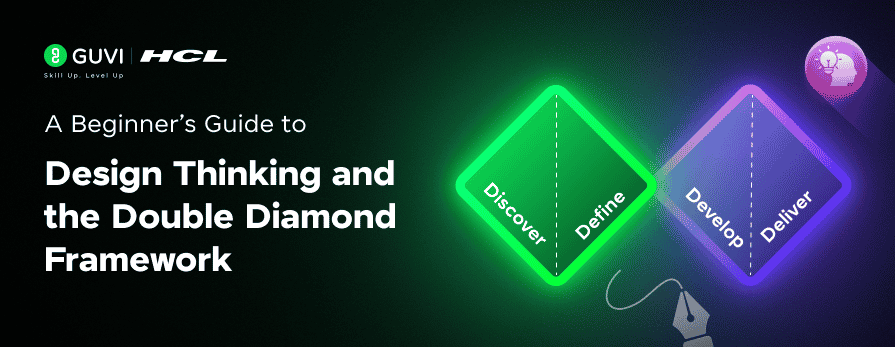
A Beginner’s Guide to Design Thinking and the Double Diamond Framework
Sep 04, 2025 3 Min Read 2922 Views
(Last Updated)
How do you make sure you’re solving the right problem, not just building faster, but building smarter?
In today’s world, creating products that people truly love requires more than just great coding or beautiful design. It demands a deep understanding of real user needs, creative exploration of ideas, and rapid, thoughtful iteration.
That’s where Design Thinking and the Double Diamond Framework come in. These powerful approaches help teams across industries design better experiences by staying user-centered, flexible, and focused. In this guide, we’ll explore how they work, why they matter, and how you can start applying them to your projects.
Table of contents
- What is Design Thinking?
- The 5 Stages of Design Thinking
- For instance:
- The Double Diamond Framework
- Diamond 2 – Solving the Problem
- Why Use These Frameworks?
- Benefits:
- When Should You Use Them?
- Final Thoughts
What is Design Thinking?
Design Thinking is a problem-solving method that focuses on empathy, understanding real people and their needs. It helps teams create meaningful, practical, and innovative solutions. Popularized by IDEO and Stanford d.school, this approach is used in design, tech, education, business, healthcare, and more.
At its core, Design Thinking aims to create solutions that are:
- Desirable: Does it meet real human needs?
- Feasible: Can we build it with our tools and tech?
- Viability: Is it sustainable for the business?
The 5 Stages of Design Thinking
Design Thinking follows a dynamic and iterative process, meaning teams often revisit earlier stages as new understandings emerge. It’s not a strictly linear path but rather a flexible cycle of learning and refinement.
1. Empathize – Deeply Understand Your User
In this first stage, you immerse yourself in the user’s world, observing, listening, and empathizing by brainstorming ideas. It’s about going beyond assumptions and actively seeking to understand their needs, motivations, behaviors, and pain points.
Methods to use:
- User interviews
- Surveys
- Observations
- Empathy mapping
- Journey mapping
Tip: Leave your assumptions behind. Focus on real experiences and emotions.
2. Define – Frame the Right Problem Statement
Having gathered rich user insights, the Define stage focuses on making sense of this information. It involves identifying patterns, uncovering key pain points, and pinpointing opportunities. The goal is to synthesize your findings into a clear, concise, and human-centered problem statement.
Tools:
- Affinity diagrams
- Point-of-View (POV) statements
- User personas
Example: “An elderly user needs a simple way to book doctor appointments because she finds current apps confusing.”
3. Ideate – Explore a Wide Range of Creative Ideas
This is where the creative energy of the team comes to the forefront. With a well-defined problem, the Ideate stage encourages the generation of a broad spectrum of potential solutions. The emphasis here is on quantity over initial quality – the more ideas, the higher the chance of uncovering innovative solutions.
Popular ideation methods:
- Brainstorming
- Crazy 8s
- Mind maps
- “How Might We…” (HMW) questions
At this stage, encourage wild and unconventional ideas. Innovation often emerges from pushing the boundaries of conventional thinking.
4. Prototype – Make Ideas Tangible and Testable
The Prototype stage involves creating early, inexpensive, and scaled-down versions of your potential solutions. These prototypes are not meant to be perfect or fully functional but rather serve as tangible representations to test with users and gather valuable feedback.
Common types of prototypes:
- Paper sketches
- Low-fidelity wireframes
- Clickable mockups
Tip: The primary goal of prototyping is to learn quickly and efficiently. Don’t aim for perfection — aim for quick, testable ideas users can interact with.
5. Test – Get Feedback from Real Users
The final stage involves putting your prototypes in front of real users to observe their interactions and gather their feedback. This stage is crucial for identifying what works, what doesn’t, and uncovering unexpected insights.
Methods:
- Usability testing (remote or in-person)
- A/B testing
- Think-aloud protocol
Great design is shaped by feedback. Embrace critique and keep improving.
#Flexibility in the Design Thinking Process
You don’t always need to follow all five steps in order. Depending on your project, you can skip, repeat, or adapt stages.
For instance:
- Already have user data? You might jump into ideation
- Testing a live app? Use analytics or A/B tests instead of in-person testing.
- Redesigning a product? Use support tickets and heatmaps instead of fresh interviews.
The Double Diamond Framework
While Design Thinking gives us a mindset and methods, the Double Diamond offers a clear visual map of the problem-solving journey. It was developed by the UK Design Council and breaks the process into four stages, grouped into two diamonds
Diamond 1 – Understanding the Problem
- Discover – Explore the problem space
- Talk to users
- do research
- collect insights.
- Define – Focus on the problem
- Sift through your findings and
- Clearly state the core challenge.
Diamond 2 – Solving the Problem
- Develop – Explore solutions
Brainstorm and prototype possible answers. - Deliver – Test and refine
- Test solutions with users
- Improve them based on feedback.
Tip: The two diamonds represent diverging (exploring many options) and converging (narrowing down to the best ones) ways of thinking.
Design Thinking + Double Diamond = A Perfect Pair
Think of Design Thinking as the mindset and tools, while the Double Diamond gives you a roadmap. Together, they help teams:
- Understand people deeply
- Define the right problems
- Create smart solutions
- Test and improve based on feedback
Why Use These Frameworks?
Benefits:
- Solve real problems – Not just what you think users need
- Reduce risk – Test early, fail fast, improve fast
- Boost creativity – Encourage fresh, unexpected ideas
- Increase user satisfaction – People love things made for them
- Speed up delivery – Focused iterations save time in the long run
When Should You Use Them?
These methods are perfect when you’re:
- Solving unclear or complex problems
- Improving a product or service
- Launching something new
- Running workshops or design sprints
- Tackling “wicked problems” with no obvious answers (e.g., climate change, public health)
Real-World Example: Improving Eye Hospital Visits
Challenge: Reduce patient anxiety at an eye hospital.
- Empathize/Discover: Interviewed patients, noticed fear of blindness and cold environments.
- Define: “Patients need to feel calm and cared for during their visit.”
- Ideate/Develop: Ideas from hotels and spas — soft lighting, warm blankets, friendly greetings.
- Prototype: Tried small changes like new seating areas and caregiver empathy training.
- Test/Deliver: Feedback showed patients felt more comfortable. Anxiety went down. Satisfaction went up.
This case shows how even small changes, guided by user understanding, can lead to powerful results.
Common Mistakes to Avoid
🚫 Skipping empathy – You can’t design well without real user insights
🚫 Rushing to solutions – Spend time framing the right problem
🚫 Treating steps as fixed – Flexibility is key
🚫 Ignoring feedback – Always learn and adjust
🚫 Making things too perfect too early – Test rough versions first
If you want to kickstart your UI/UX journey and learn everything there is to know about Design thinking and the Double Diamond framework, consider enrolling in HCL GUVI’s UI/UX Design Course, where you will master the most trending design tools, focusing on industry expectations and directing you to Fortune 500 companies.
Final Thoughts
Design Thinking and the Double Diamond are more than methods — they’re a mindset. When you truly care about users, explore lots of ideas, and test often, you create better, kinder, and more effective experiences.
Always ask yourself:
- Do I understand my user?
- Am I solving the right problem?
- Have I explored different ideas before picking one?
References
- – [Design Thinking 101 – Nielsen Norman Group] (https://www.nngroup.com/articles/design-thinking/)
- – [Design Thinking – Interaction Design Foundation] (https://www.interaction-design.org/literature/topics/design-thinking)
- – [The Double Diamond – Design Council UK] (https://www.designcouncil.org.uk/our-resources/the-double-diamond/)


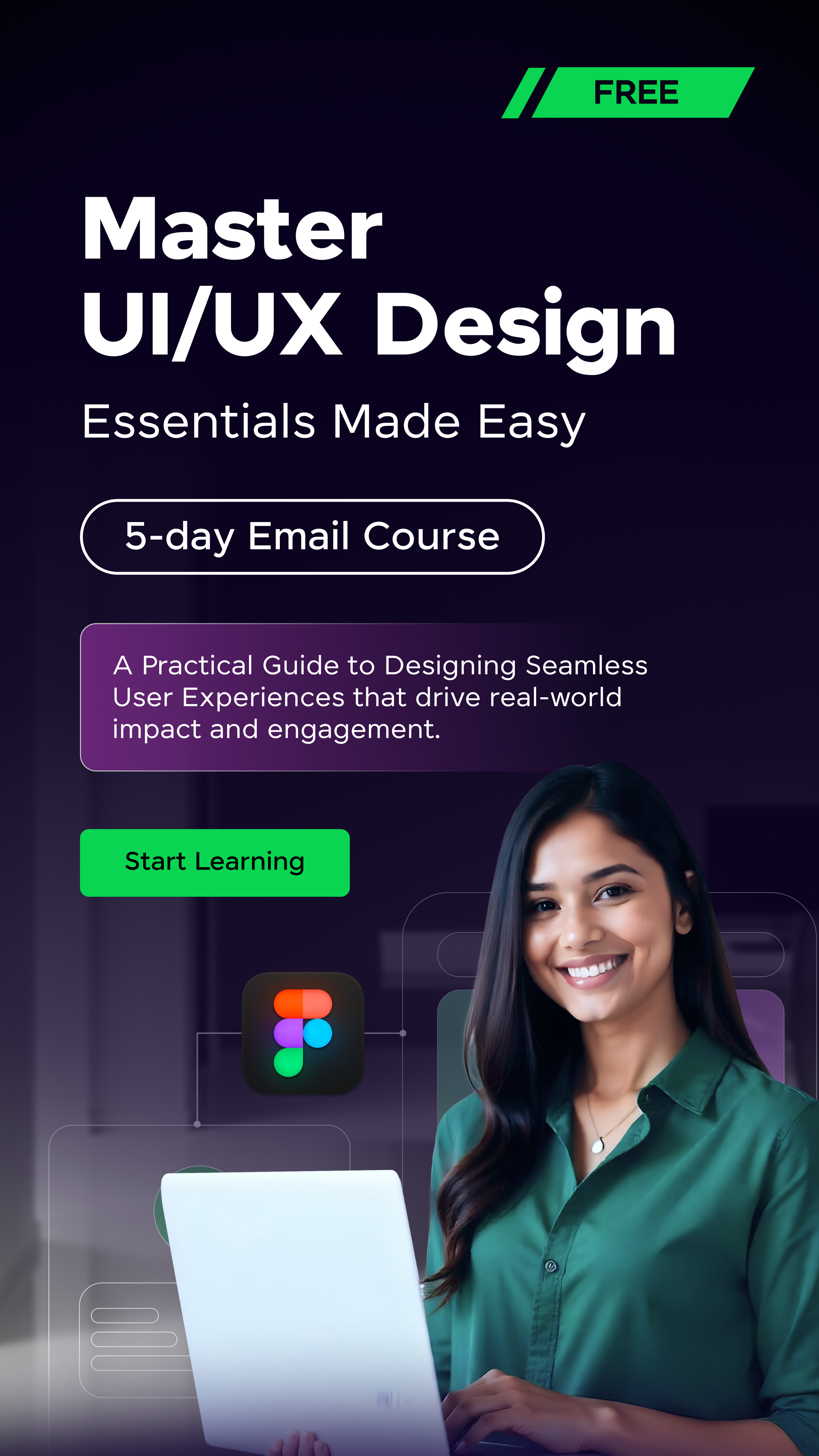







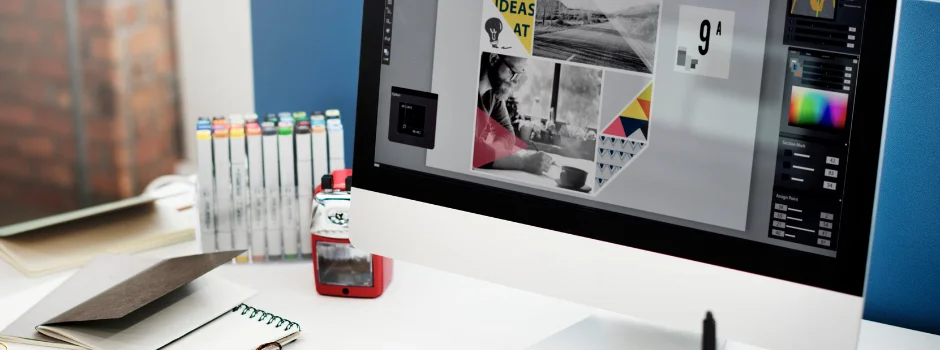

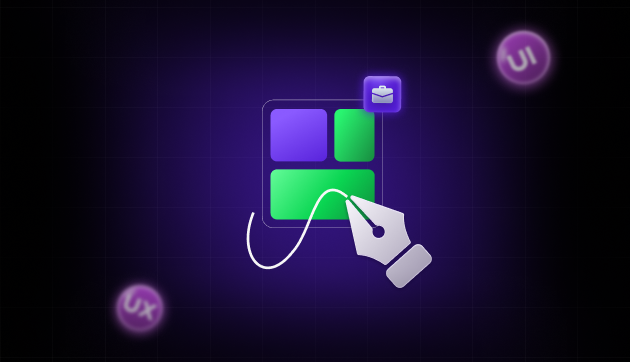
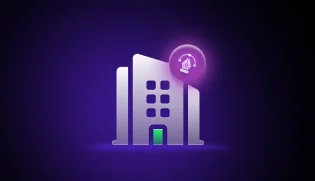
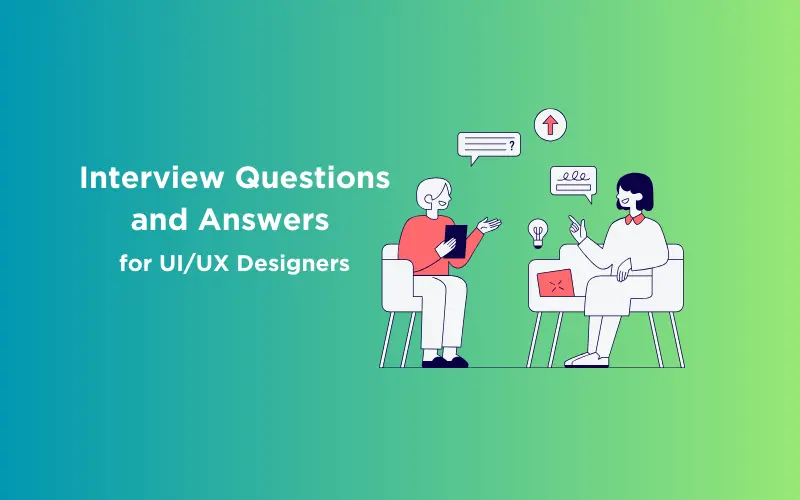



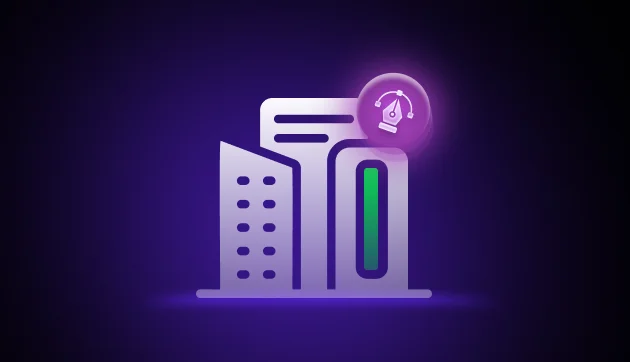




Did you enjoy this article?